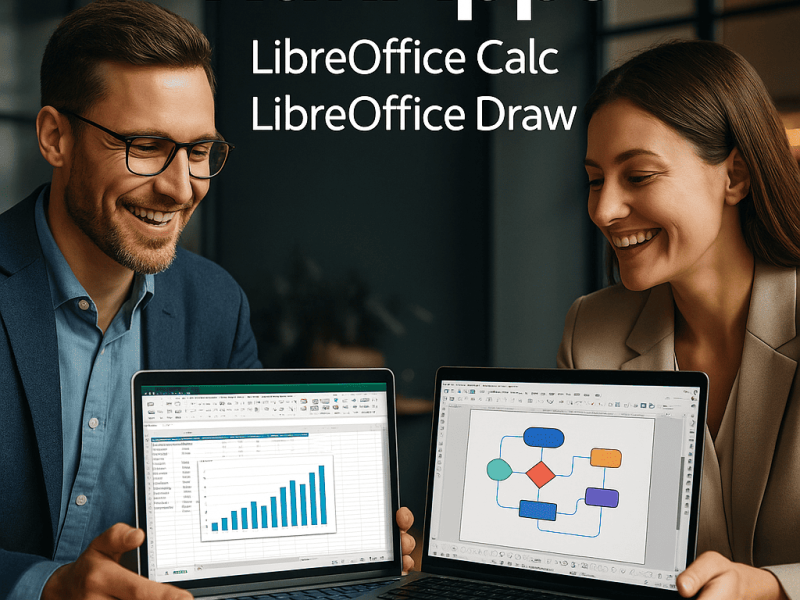Imagine Excel as a vast ocean, its depths holding valuable treasures waiting to be discovered. Much like a skilled navigator, mastering Excel can help you chart a course through complex data effortlessly.
From organizing information to analyzing trends, this powerful tool offers endless possibilities.
As you dip your toes into the world of Excel, you’ll find that understanding its basics can lead you to reveal a domain of productivity you never thought possible.
Getting Started With Excel
To begin using Excel, open the software on your computer. Once Excel is launched, you’ll see a blank spreadsheet, which consists of columns labeled with letters (A, B, C) and rows labeled with numbers (1, 2, 3). This grid-like structure is where you’ll enter and manipulate data.
To enter data into a cell, simply click on the desired cell and start typing. You can input numbers, text, dates, and formulas. To move between cells, use the arrow keys on your keyboard or click on the desired cell with your mouse.
Excel allows you to customize your spreadsheet by adding new rows, columns, or sheets. To insert a new row or column, right-click on the row number or column letter and select ‘Insert.’ To add a new sheet, click on the plus sign at the bottom of the window.
Remember to save your work regularly by clicking on the floppy disk icon or by pressing Ctrl + S. This will prevent any data loss in case of unexpected computer shutdowns or software issues.
Formatting Your Spreadsheet
Once you have entered and organized your data in Excel, enhance the visual appeal and improve readability by applying formatting to your spreadsheet.
- Font Styles and Sizes: Make important data stand out by using bold, italics, or underline. Adjust font sizes to emphasize headers or key information.
- Cell Formatting: Utilize cell formatting options like borders, colors, and shading to group related data or create a more structured layout.
- Number Formats: Display numbers in various formats such as currency, percentages, or dates to make them easier to read and understand.
Understanding Formulas and Functions
Understand the power of Excel by mastering its formulas and functions. Formulas in Excel are powerful tools that allow you to perform calculations on your data easily. You can use basic arithmetic operations like addition, subtraction, multiplication, and division, as well as more complex functions like SUM, AVERAGE, IF, and VLOOKUP. Functions are predefined formulas that help you analyze and manipulate data quickly. For example, the SUM function adds up a range of cells, while the AVERAGE function calculates the average value.
To use a formula, start by selecting the cell where you want the result to appear, then type the equal sign (=) followed by the formula. Functions, on the other hand, start with an equal sign followed by the function name and its arguments enclosed in parentheses. Excel also offers autocomplete suggestions to help you find the right function. Remember to use cell references in your formulas to make them dynamic and easily updateable.
Mastering formulas and functions will significantly enhance your Excel skills and productivity.
Also read: What is Array in Excel?
Sorting and Filtering Data
Enhance your data organization skills in Excel by learning how to efficiently sort and filter your information.
By mastering sorting and filtering functions in Excel, you can streamline your data analysis process effectively. Here’s how to do it:
- Sort Data: Excel allows you to arrange your data in either ascending or descending order based on a selected column. This feature is handy when you need to organize information alphabetically, numerically, or by date.
- Filter Data: Filtering data enables you to display only the information that meets specific criteria. You can easily hide rows that aren’t relevant to your current analysis, making it simpler to focus on the essential data points.
- Advanced Filtering: Excel offers advanced filtering options, such as text filters, number filters, and date filters. These tools allow you to refine your data further, showing only the data that fits your customized conditions.
Tips for Efficient Excel Usage
Boost your Excel skills with these efficiency tips. To maximize your productivity, utilize keyboard shortcuts such as Ctrl+C for copying, Ctrl+V for pasting, and Ctrl+Z for undo. This will save you time compared to using the mouse for every action.
Additionally, learn to use the AutoFill feature by dragging the fill handle to quickly populate cells with a series of data. When working with large datasets, freeze panes to keep headers visible as you scroll. This guarantees easy reference and organization of information.
Another time-saving tip is to create named ranges for frequently used cells or data sets. This allows for easier navigation and formula writing within your Excel sheets. Take advantage of Excel’s formulas and functions to automate calculations and analysis. Use functions like SUM, AVERAGE, and VLOOKUP to expedite your work and reduce errors.
Conclusion
Congratulations on completing the beginner’s guide to Excel! You now have the basic knowledge to navigate and utilize this powerful tool for organizing data and performing calculations.
Remember to practice and explore more features to become proficient in Excel. Keep applying what you have learned and don’t be afraid to experiment with different functions and formulas.
Excel can be a valuable asset in your professional and personal life, so keep practicing and improving your skills!


